Elements and minerals lay buried in the landscape tracing diagrams of human activity. Specks of alluvial Gold washed down to the flood plain from worked-out mountain mine shafts; the mineral auras that reveal the long-vanished outlines of farm-buildings and the tell-tale chemical fallout from workplaces.
Boyd painted this (mineralised) landscape with colours which were themselves formulated from earthy compounds and exotic metals, milled to a fine paste in linseed oil and turpentine.
Read the Leonardo Journal article heavy metal_Leonardo Music Journal
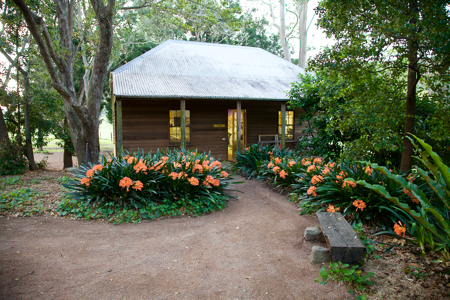
Arthur Boyd’s studio at Bundanon.
Heavy Metal invites us to interact with one of Arthur Boyd’s painting in his old studio at the Bundanon Homestead to discover a hidden world of elements and minerals in an experience that is simultaneously chemical, visual and musical.
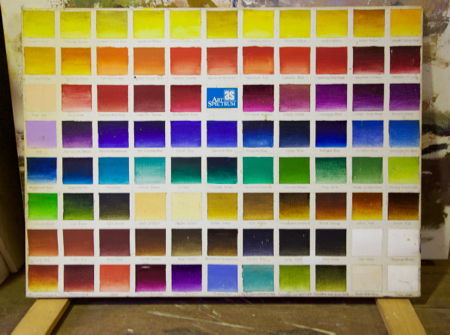
A hand-painted Spectrum Paint colour chart.
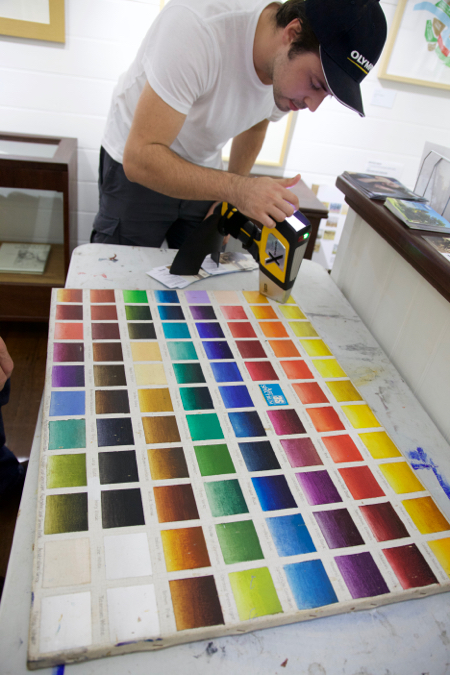
Marek analyses the mineral composition of the colour chart.
The initial concept for Heavy Metal arose after spending time on-site with Dr Mark Taylor, an eminent environmental scientist (notorious for exposing the link between industrial pollutants and public health).
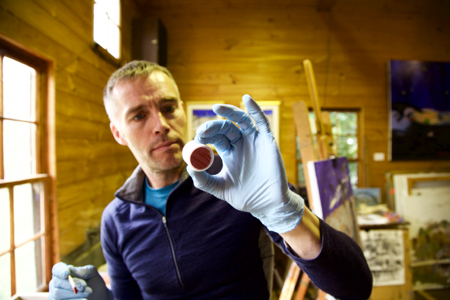
Dr Mark Taylor taking paint samples for lab testing.
Mark and his students have been surveying the mineral composition of the Bundanon Homestead property looking for traces of human activity that, for example derive from farm and workshop activities but also the effects of upstream mining for gold and other heavy metals.
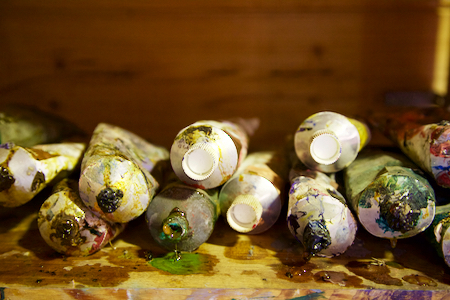
Old paint tubes.
Our intent is to create a mapping of human activity based upon this forensic evidence. Whist we were taking these environmental samples I invited Mark to visit Arthur Boyd’s studio and suggested that he bring along his portable mineral analysis machine – as it struck me that we may have a great opportunity for re-thinking Boyd’s works.
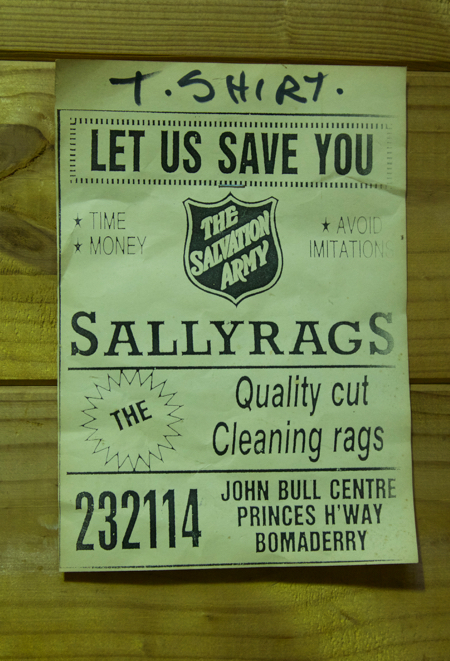
SallyAnnie Rags.
The staring point being that Boyd was situated in this landscape, painting the physical features, and using (or making himself) colours that were substantially minerals (originally of the earth) forming a metaphorical circuit!
Mark was impressed by the massive levels of heavy metals in the materials used by painters and was keen to collaborate – so we proceeded to analyse the mineral composition of the entire colour range that Boyd used and came up with a huge data-base of minerals that corresponded to his ‘palette.’
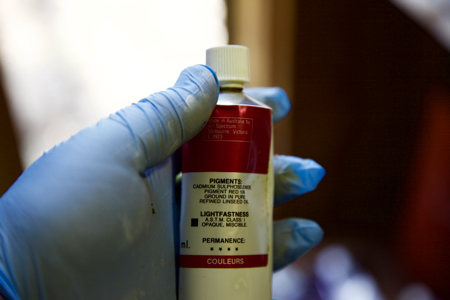
There was also a plentiful supply of fresh paint tubes.
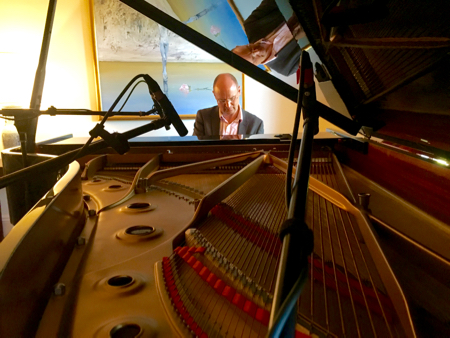
We sampled the Steinway piano in the Homestead note by note. First regular keystrokes and secondly the reverberance of the sounding board with one to two minute recordings per note.
Working with another colleague Jon Drummond, who is an expert in data sonification, we have created a computer driven audio-visual system that reads a video stream from the camera mounted facing Boyd’s painting “The Return of the Prodigal Son.”
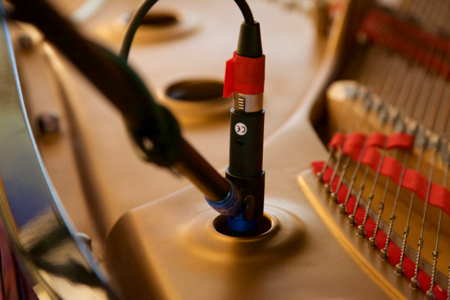
Recording the resonant ‘tails’ of each note with mikes buried in the sounding board.
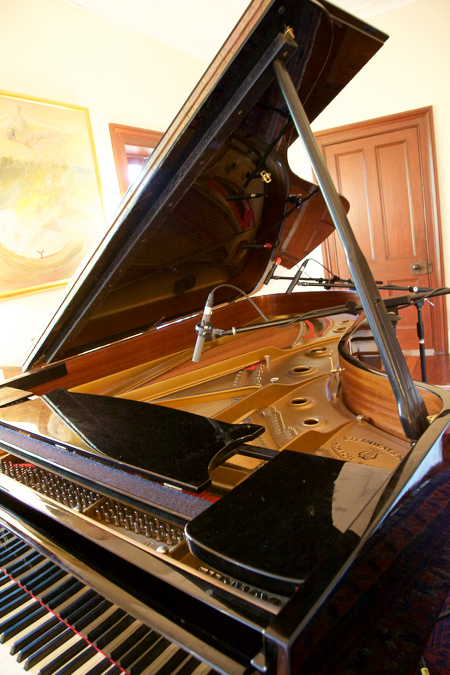
Recording regular keyboard note samples.
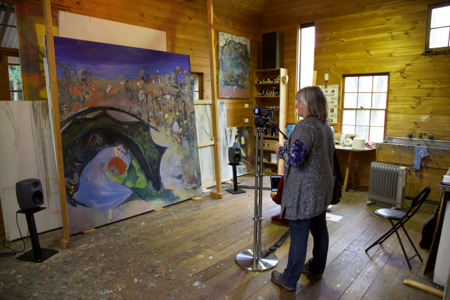
As the camera encounters different hues the system generates a musical composition, based upon the mineral data associated with the hue.
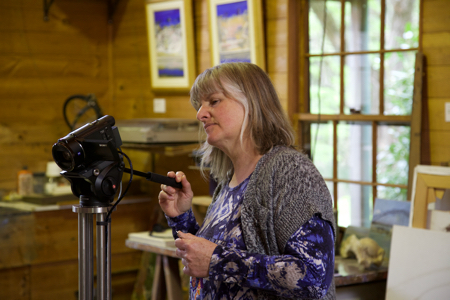
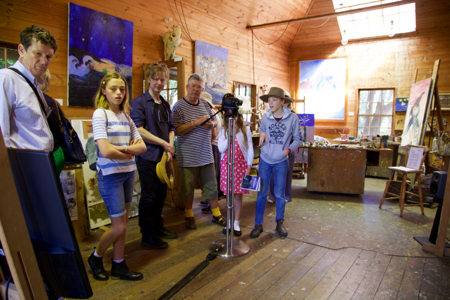
The visitors arrive for SiteWorks 2016
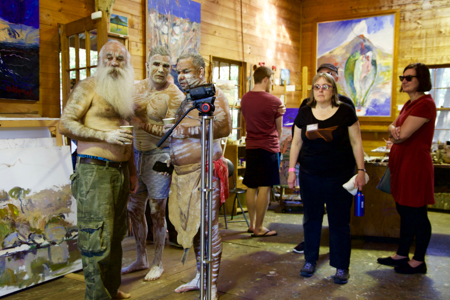
Indigenous dancers from the local Wreck Bay Community.
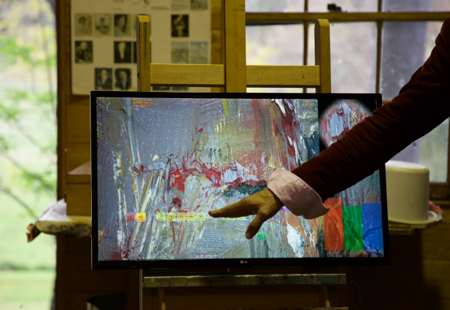
The screen interface which displays a highly magnified colour target on the painting,
the RGB values as well as the predominant minerals present in each colour area.
The sound has two components – a generalised harmonic chord structure that corresponds to the colour, with individual note highlights illustrating the most prominent minerals. The computer monitor gives feed-back on the area of interest, colour ratios and a graphical display of the minerals detected.
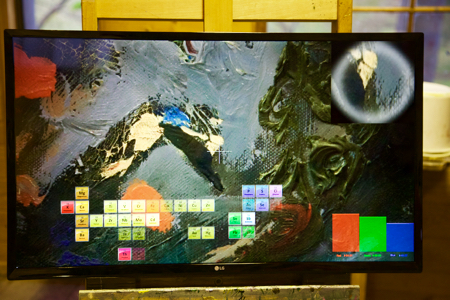
Close up of a sample screen.
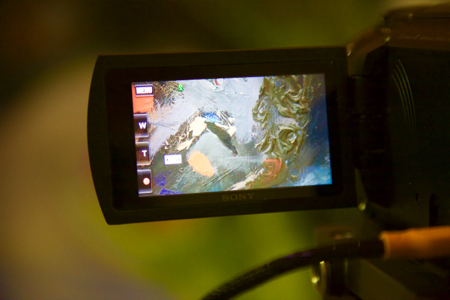
Camera viewfinder.
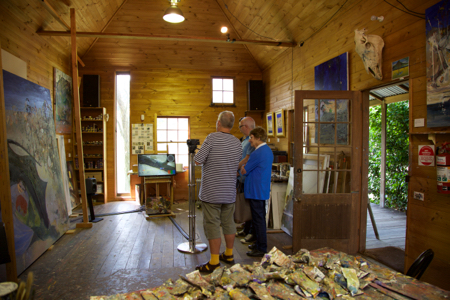
General studio view with installation.
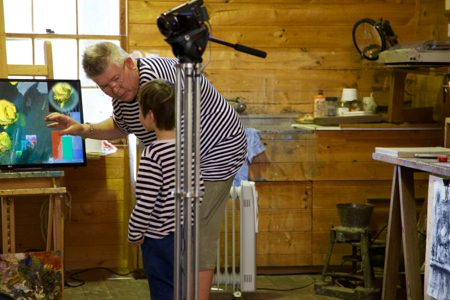
This six year old could recite the periodic table off by heart – he was totally absorbed in the work.
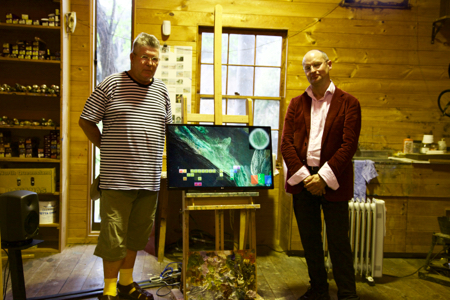
Tired but happy!
Read the Leonardo Journal article heavy metal_Leonardo Music Journal
Acknowledgements.
“Heavy Metal” is a collaborative work by Dr Nigel Helyer; Dr MarK Taylor and Dr Jon Drummond produced for Siteworks 2016 as part of the “When Science Meets Art” ARC Art and Science research project. Many thanks to Richard Montgomery and Marek Rouillon.
Bios.
Dr Nigel Helyer is a contemporary polymath whose work contains several highly developed creative interests. He produces intriguing and continually inquisitive work of international standard and is able to bring new scientific and artistic partners into truly collaborative artistic projects. He is able to do this through his capacity for deeply immersive site-research and his commitment to collaborative and inter-disciplinary enquiry. Drawing on existing archival materials (journals, poetry, artworks, longitudinal studies), and generating new material via audio interviews, environmental data analysis (soil and water sampling) and environmental recordings (water, wind, insects) he has taken what we know to be environmental arts to new heights.
Dr Mark Taylor is a Professor of Environmental Science at Macquarie University. His research program investigates environmental pollution and risks to human health from aerosols, dusts, sediments, soil and water. He works in range of locations across Australia, including Broken Hill, Darwin, Mount Isa, Port Pirie and Townsville. His experience includes being a former Commissioner of the NSW Land and Environment Court. He provides expert evidence and advice to government, industry, lawyers and community on a range of environmental matters, particularly environmental pollution. He has published over 100 research papers and a similar number of other research reports.
Dr Jon Drummond is a sound artist and composer whose work explores interactive electro-acoustics, robotics, sonification of natural phenomena, acoustic ecology, and real-time interactive performance systems for acoustic instruments. His works have been presented at many festivals and conferences, including The Adelaide Festival, the International Computer Music Conferences, New Interfaces for Musical Expression, and the World Forum for Acoustic Ecology. Jon currently holds the position of Senior Lecturer, Media Arts & Production / Sound & Music Design Program in Faculty of Arts & Social Sciences at the University of Technology, Sydney. He co-director of the Creativity and Cognition Studios. His research interests include human-computer interaction design, new interfaces for musical expression, gesture analysis, improvisation, sound spatialisation and data sonification.